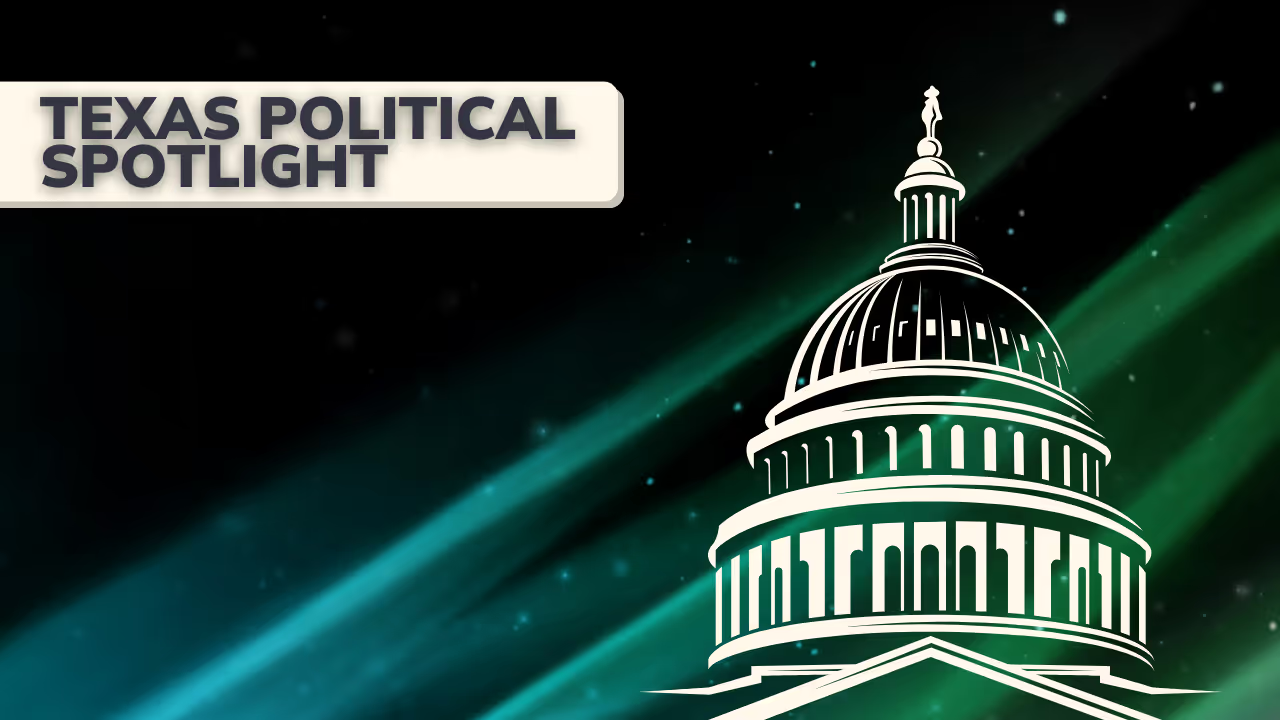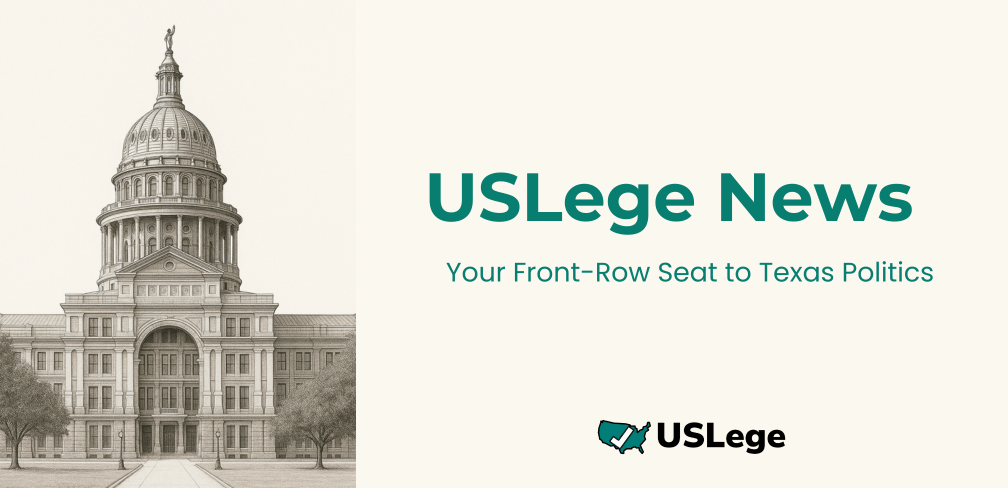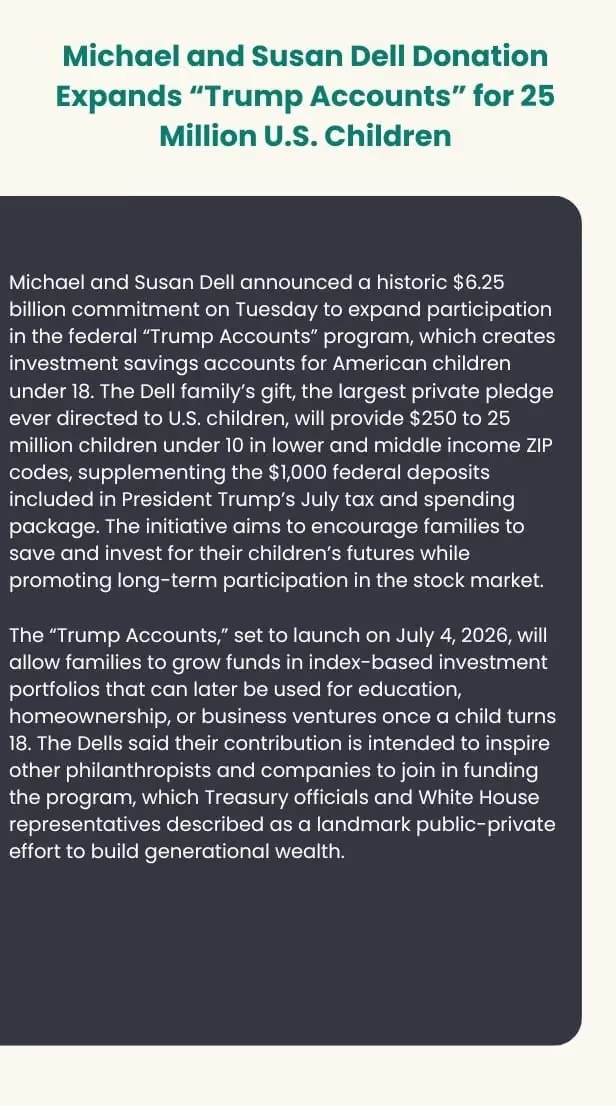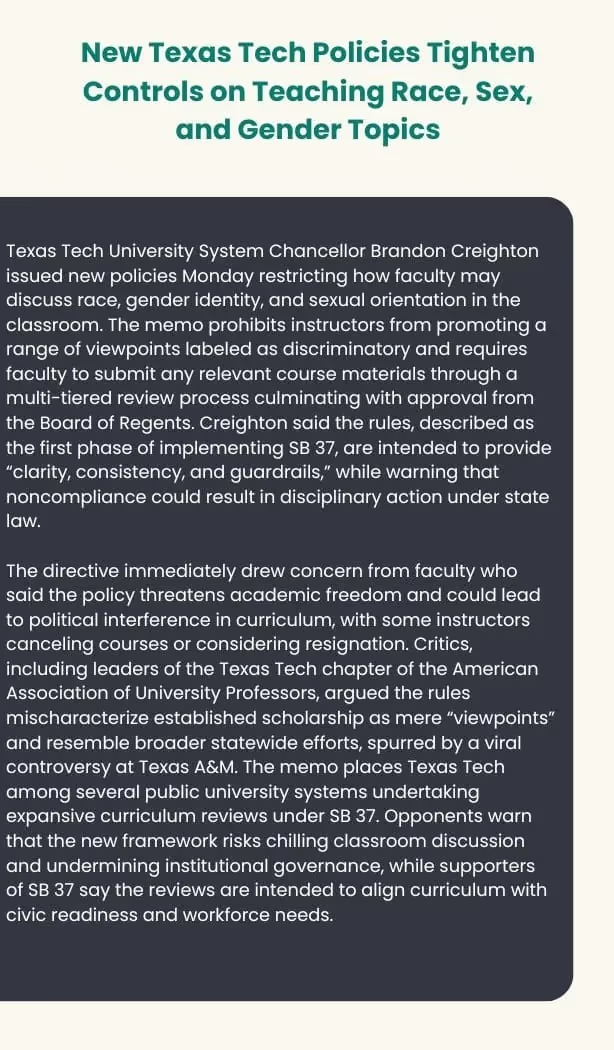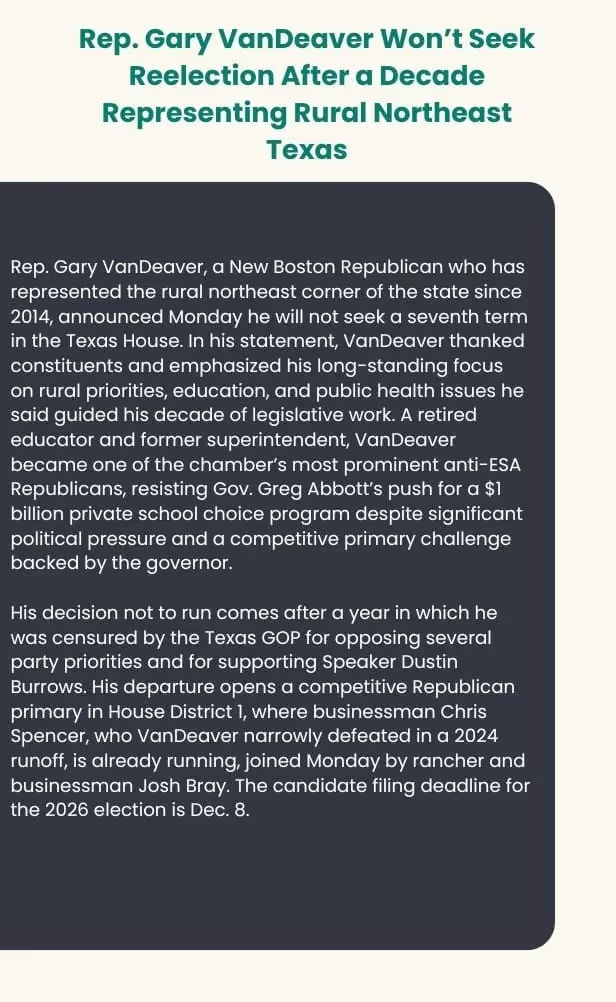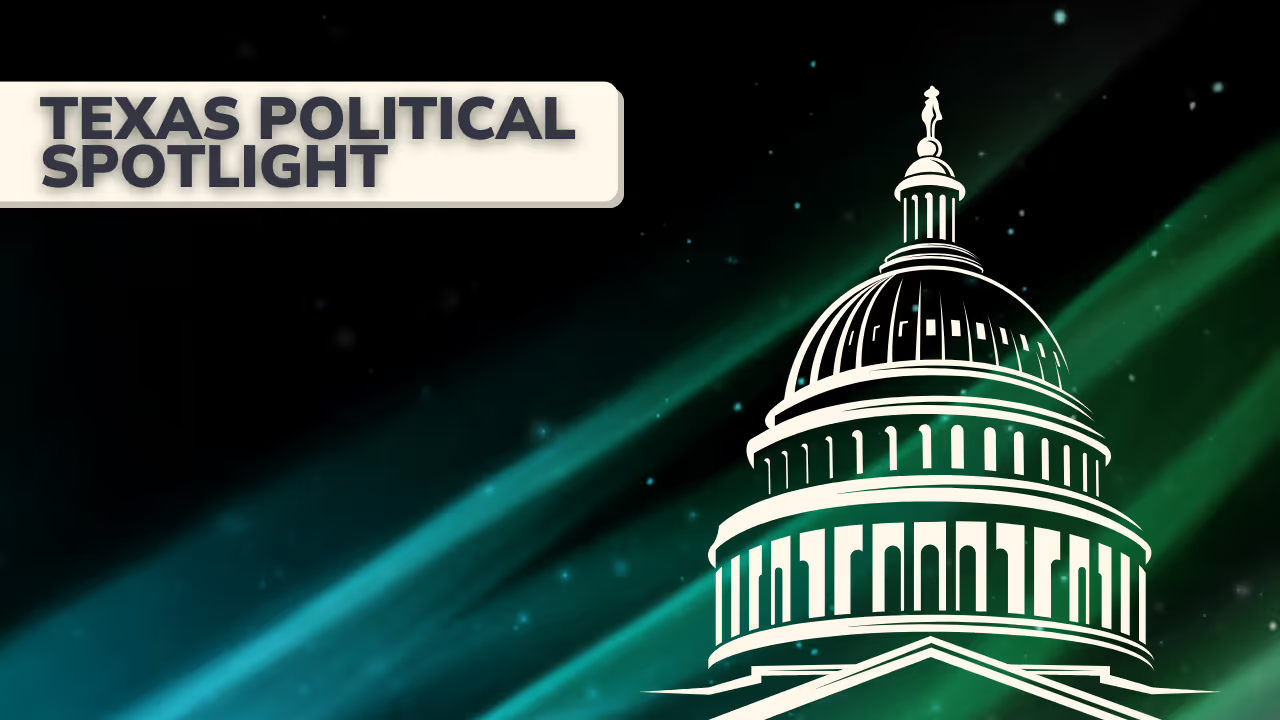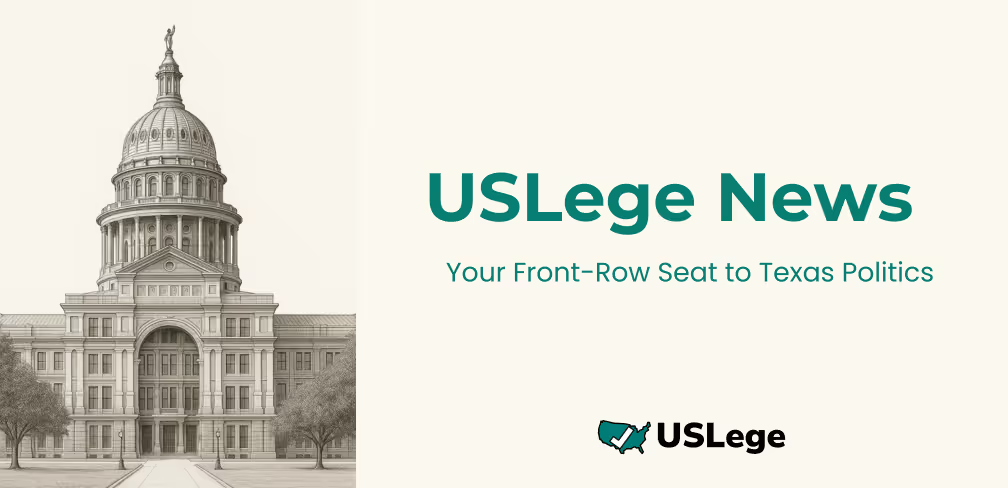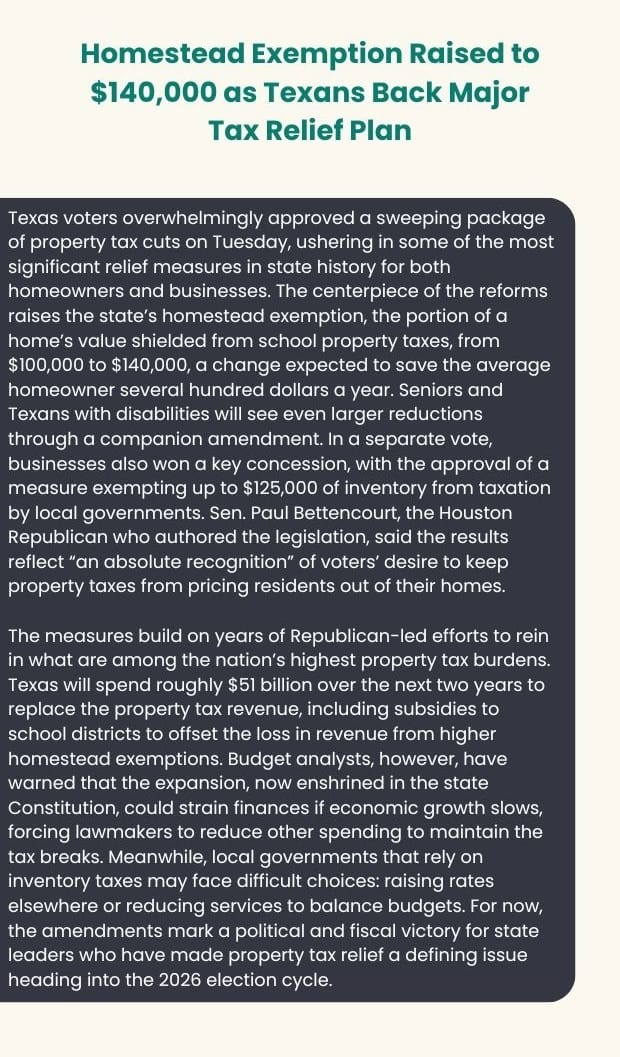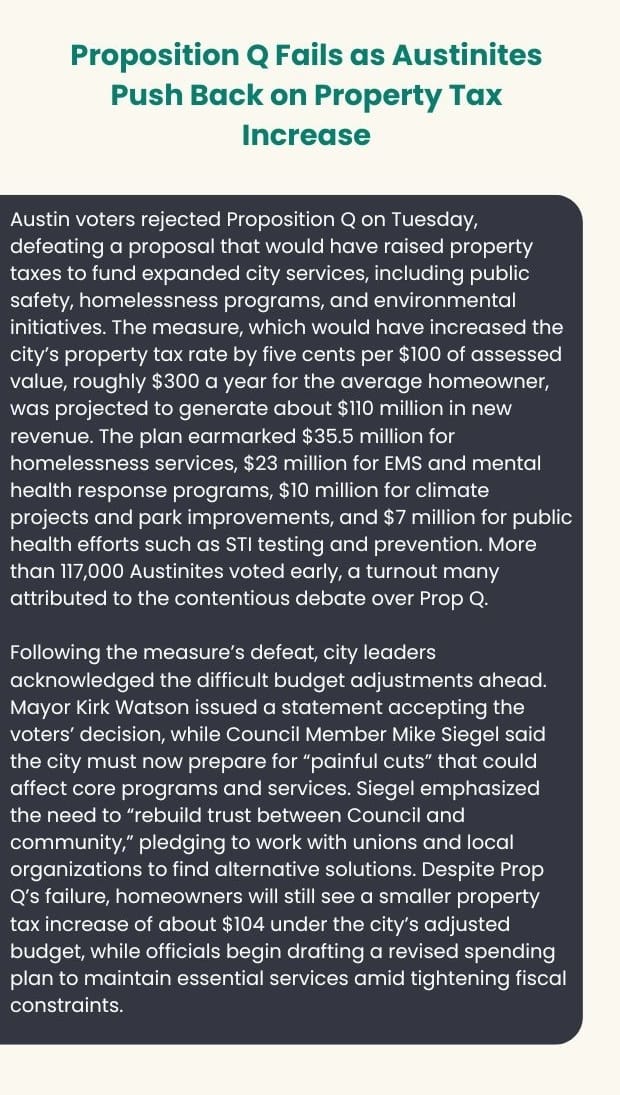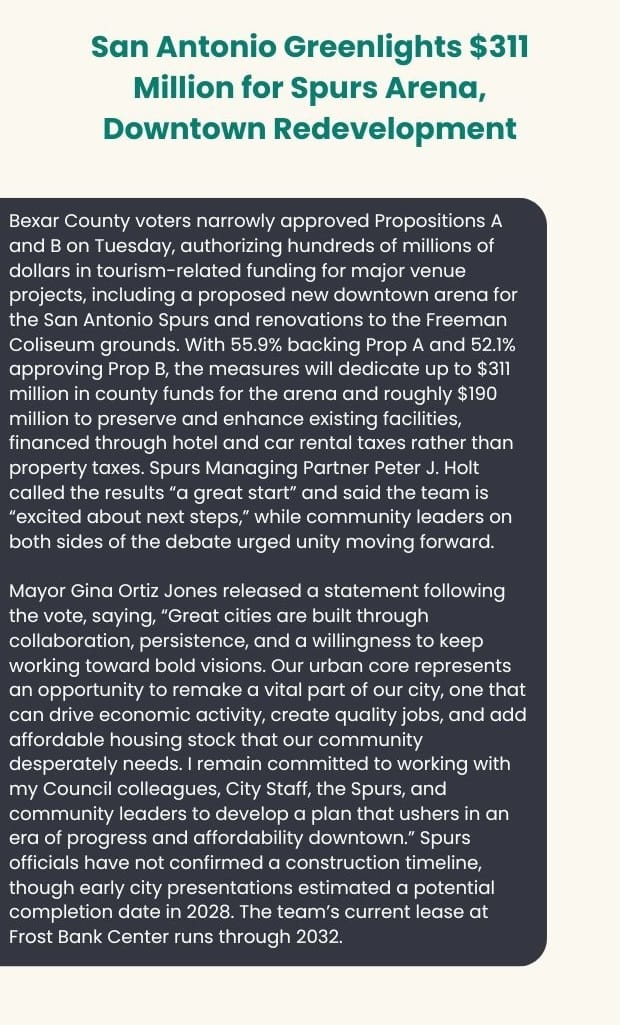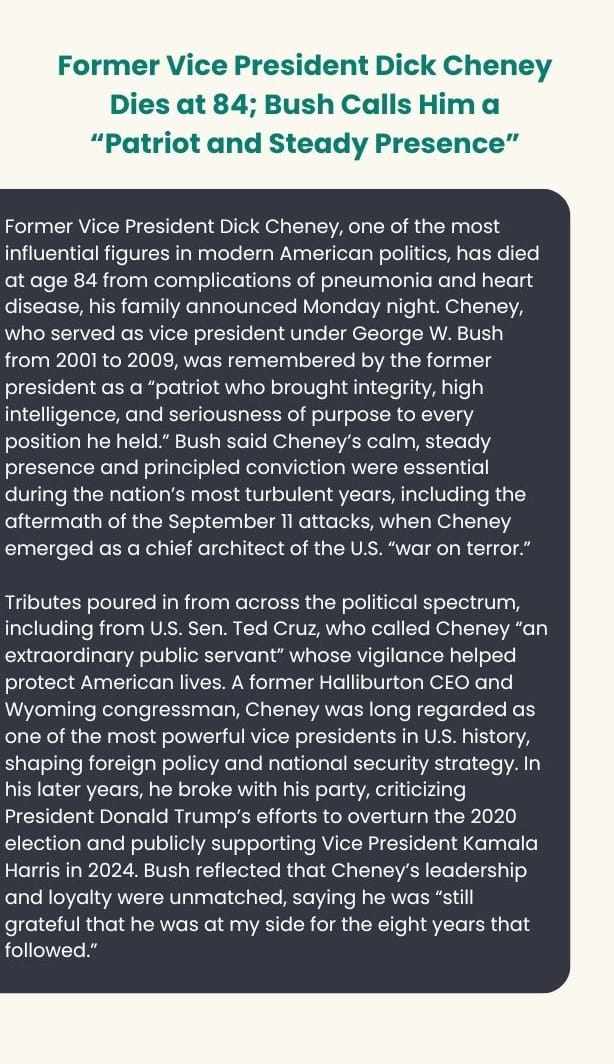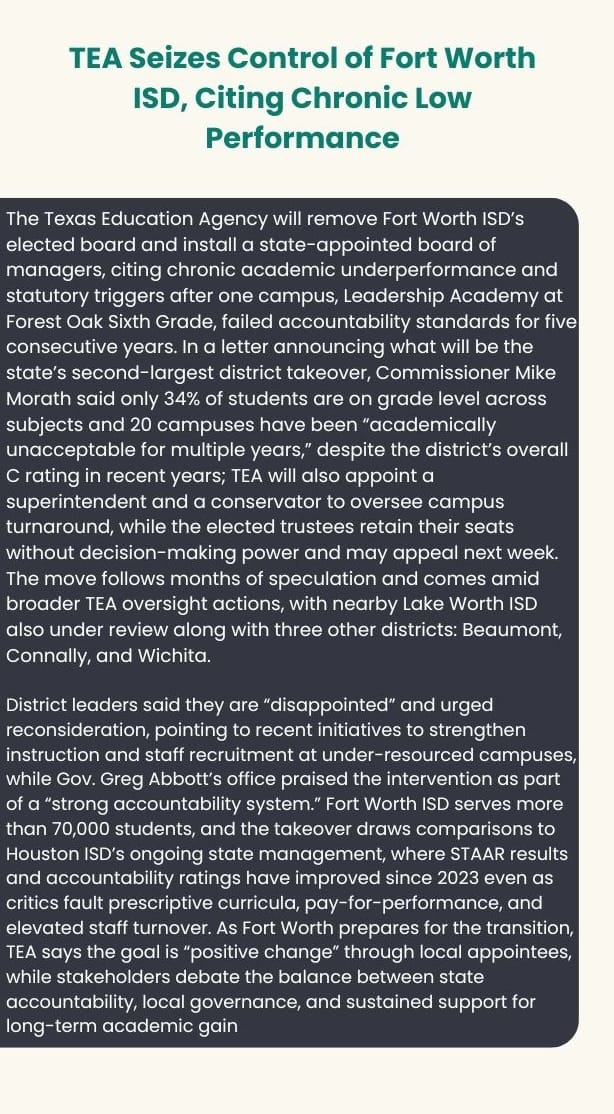Imagine a state where every nominee of the dominant political party was chosen by the residents of a single large city – not even the biggest city in the state – and every nominee of the opposition party was chosen by a single suburban county. For all practical purposes, you would be imagining Texas.
In 2014, nearly every statewide elected office was open, and the one that wasn’t featured an epic fight among three statewide officials and a charismatic state senator. The other party’s primary featured another state senator drawing national attention as she sought to move from filibusterer to governor. Despite these high-profile races, 11.7 million registered voters, and another 3.1 million Texans who could have registered, declined to participate in the primaries.
Those primaries determined:
- Every statewide race, which Republicans have won since 1996
- The 60% of legislative and congressional seats that were uncontested or contested by a minor party, independent or write-in candidate
- Half of the races contested by a Republican and a Democrat because the margin of victory was 30% or more, and
- Three quarters of state judicial offices and nearly nine out of every 10 county-level offices that were uncontested.
Despite the significance of those primaries, just 14% of registered voters cast ballots. It was analogous to having every Republican candidate in the state be chosen by the number of people who live in the city of Dallas, and roughly the population of Montgomery County chose every Democratic candidate for the entire state.

In 2014, Texas ranked 38th out of 47 states that held statewide primary elections. In three states with lower turnout, only one party held a statewide primary. The other six restricted primary participation to voters whose registration includes a partisan affiliation. As early voting begins for the 2018 primary, the number of Texans who could vote in the primaries, but won’t, is likely to exceed 15 million.
Texas consistently ranks near the bottom nationwide in primary election turnout, and it is trending downward. Texas has ranked no higher than 34th in primary turnout for a mid-term election year since 1994, and that was out of 41 states holding statewide primaries. The state has not ranked in the top half of states holding mid-term statewide primary elections since 1978, when it placed 20th out of 41.
Mathematically, the reason for this decline is simple. The number of Texans voting in primary elections has not grown significantly in four decades despite a rapidly growing population. Just 328K more Texans voted in the 2014 primaries than in 1974. Primary participation increased 21% while population more than doubled. Mid-term primary participation, measured as the number of Texans casting ballots for gubernatorial candidates, peaked in 1990.
For Republicans, 2014 was the second-highest total of voters for a mid-term election in state history, trailing only 2010, when incumbent Gov. Rick Perry was challenged by incumbent U.S. Sen. Kay Bailey Hutchison. For Democrats, 2014 was the fifth-lowest total for a mid-term primary election in state history, just behind 1922.
A possible explanation for flagging primary turnout could be a lack of partisan identification among voters, but general election results do not support this theory. The rate of straight-party voting has nearly doubled since 1992. Approximately three out of every five votes cast in the last three general elections has been a straight-party vote. Of the states that offer it, Texas has the highest rate of single-punch, straight-party voting in the nation.
Notably, more Texans have cast straight-party votes in the general election than voted in the primary elections since 1994. In 2014, nearly a million more Texans cast straight-party votes than voted in the primaries.
Another explanation could be that voters simply are not tuned into the election this far away from November. Texas has the earliest mid-term primary election in the nation and the second earliest candidate filing deadline. Texas and Illinois are the only states to hold their mid-term primary elections before the month of May. However, primary turnout in Illinois is consistently higher than Texas and typically better than the national average, so the early primary date alone cannot be the explanation.
Sadly, the explanation may be straightforward. Texas is simply a non-voting state. Turnout in all kinds of elections – presidential, general, local, primary, special – is frequently far below national averages. Turnout for municipal elections regularly hovers around 5% of registered voters. Texans seem more willing to come to the polls when national stakes are high, but they tend to stay away from making the decisions that could impact them the most. The prospects of that changing for this primary are not strong.
Looking at the slate of contested races, from the top of the ballot to the bottom, the 2018 primary looks more like the 2006 primary than the 2014 primary. In 2006, just 1.17 million people voted, the fewest people to participate in a primary election in Texas since 1970. One otherwise has to go back to 1954 to find fewer primary voters. In that year, there was a poll tax, no Republican primary and 15 million fewer Texans.
Past performance is no guarantee of future results, but a dramatic shift in voters’ motivation has to change if Texas is going to soar toward the middle of the pack in primary turnout. Otherwise, the most important political decisions of a vast state will continue to be made by the equivalent of one of its large cities or suburban counties.
Early voting begins on Tuesday, a day later than normal, which means that voters will have one less day to cast ballots early in person. On the other hand, non-voters will have one less excuse to make.
©2018 Texas Election Source





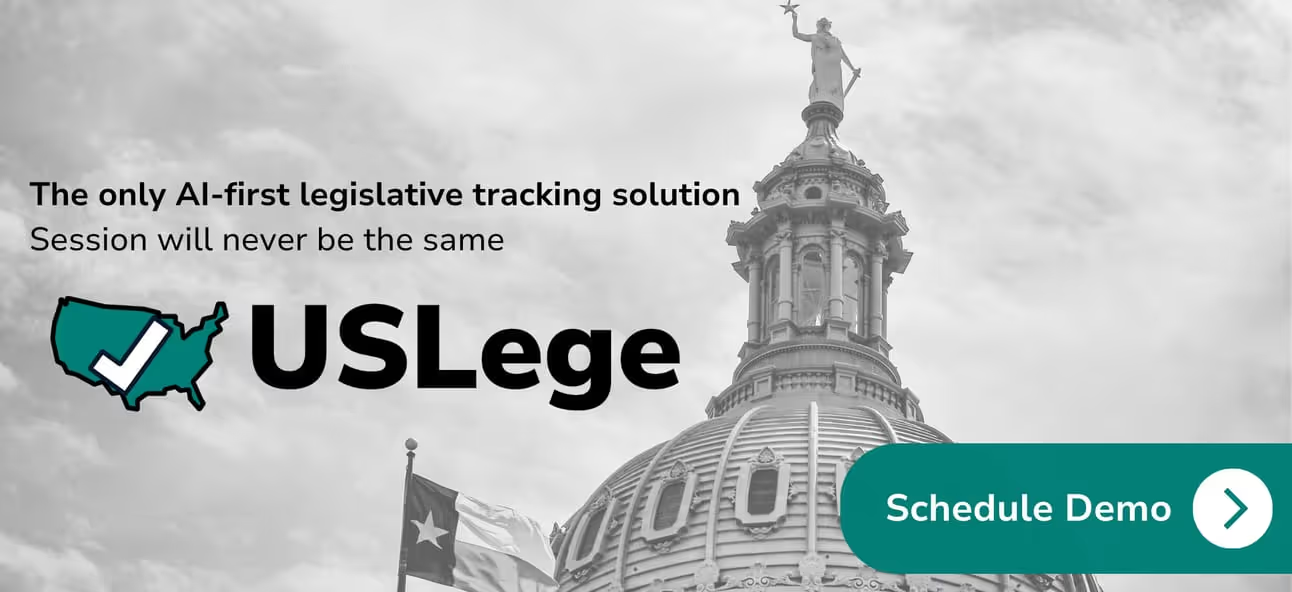
.avif)

















.avif)
